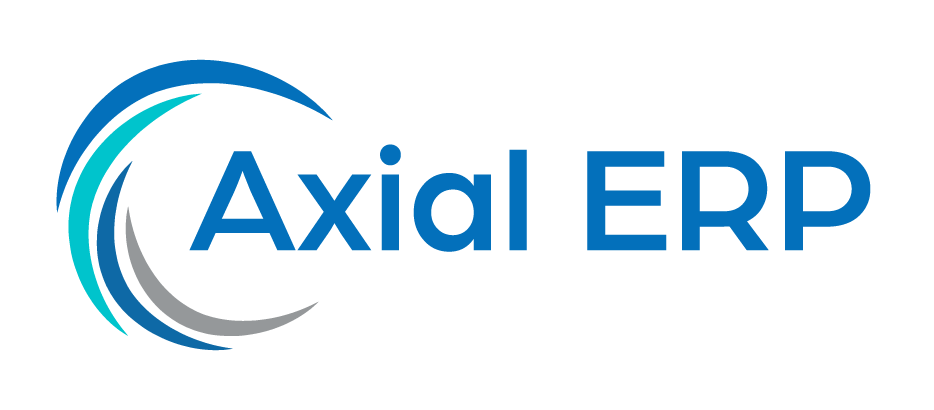Keys to a Successful Integration in Mergers and Acquisitions with Robust ERP Platforms
Mergers and acquisitions (M&A) are strategic moves that can transform the competitive landscape of industries. However, the success of these operations largely depends on the effective integration of the involved companies. In this context, robust enterprise resource planning (ERP) systems play a crucial role. Below, we explore how robust ERP platforms can ensure a smooth integration in M&A processes.
Understanding the Role of ERP in M&A
ERP systems are software tools designed to manage and automate the business processes of an organization. Their ability to centralize information and optimize resource management makes them indispensable in M&A scenarios, where efficiency and transparency are key.
Pre-M&A Planning and Strategy
Before a merger or acquisition, it is essential to establish a strategic plan that considers the integration of ERP systems. This includes evaluating the existing platforms in both companies and defining integration objectives.
Analysis of ERP System Compatibility
The first step is to conduct a detailed analysis of the current ERP systems. The architecture, functionalities, and scalability of the platforms should be considered to determine their compatibility and the best approach for integration.
Definition of Objectives and KPIs
It is crucial to establish clear objectives for the integration of ERP systems and define key performance indicators (KPIs) that allow measuring the success of the process.
Data and Process Integration
One of the most significant challenges in M&A is data and process integration. A robust ERP should be able to handle the consolidation of data from both companies and ensure the continuity of business processes.
Data Consolidation
Database integration is a critical aspect. The quality and integrity of the data must be ensured during the migration to a unified ERP system.
Process Harmonization
Standardizing processes is vital to avoid redundancies and operational conflicts. An efficient ERP should facilitate the creation of a consistent and optimized process model.
Change Management and Training
The human factor is essential in ERP integration in M&A. Effective change management and training programs must be implemented to ensure that employees adapt to the new systems and processes.
Communication and Support
Clear communication and ongoing support are fundamental to mitigate resistance to change and facilitate the transition to the new ERP system.
Training Programs
Training programs should be designed to meet the specific needs of users based on their role and interaction with the new ERP system.
Monitoring and Post-Integration Optimization
After the integration of ERP systems, it is important to continuously monitor to identify areas for improvement and optimize system performance.
Ongoing Evaluation of KPIs
Monitoring the defined KPIs will allow evaluating the effectiveness of the integration and making adjustments when necessary.
Continuous Improvement
The ERP integration process is continuous. Opportunities for improvement should be identified and applied to maximize the benefits of the unified system.
In conclusion, robust ERP platforms are essential to ensure a successful integration in M&A processes. Strategic planning, efficient data and process management, training, and constant monitoring are key elements that companies must consider to achieve a seamless transition and leverage the synergies of the merger or acquisition.



